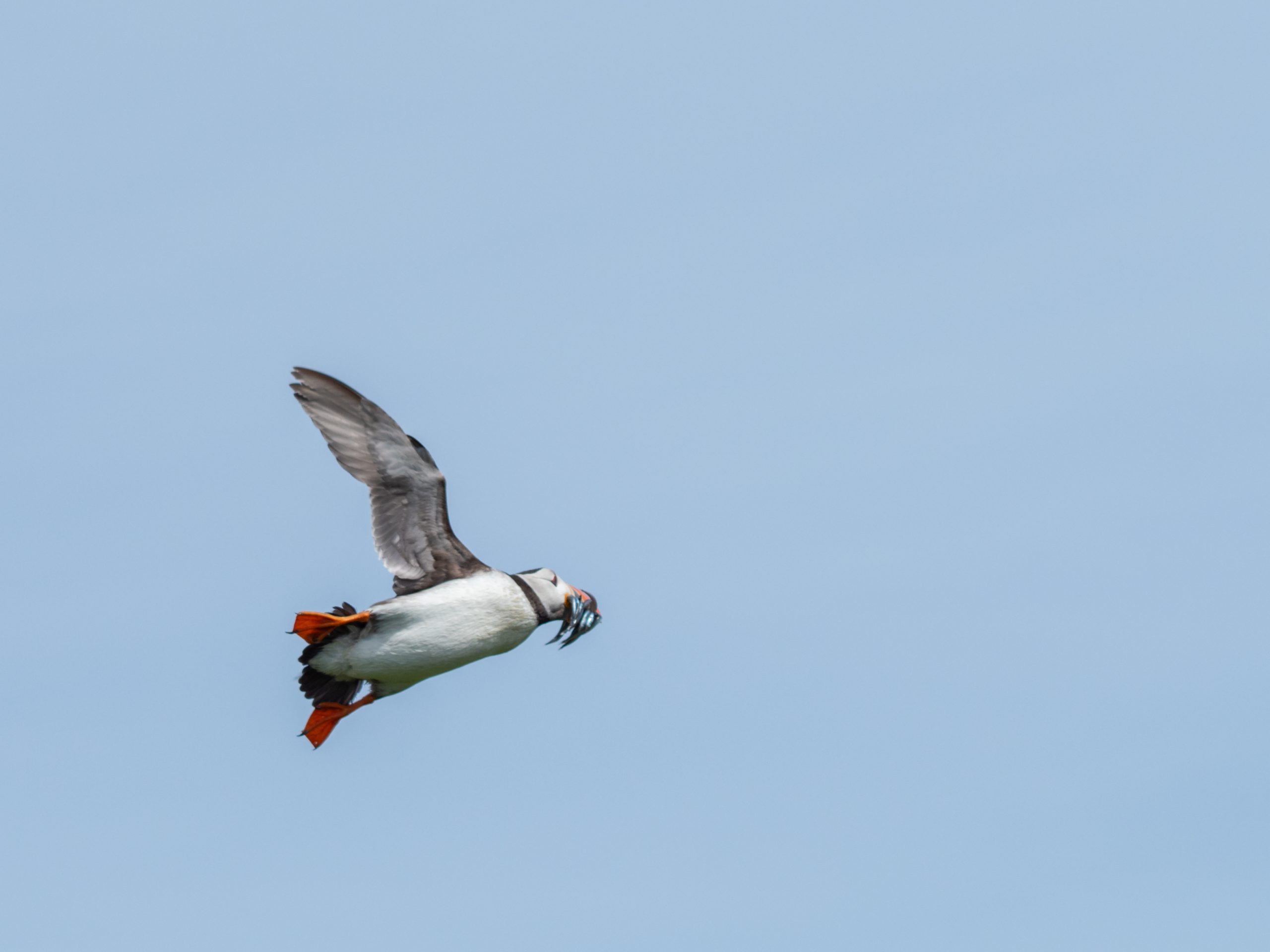
Manual controls and when to use them.
3rd July 2019
Fall
7th November 2019Street Life Photography and Street Portraiture
Lots of different genres of photography bundle together under the heading of street photography. For me it means a very specific type of photography I call Street Life Photography. Street Life documents people’s interaction with the street environment. Different from Street Portraiture, where the photographer seeks permission from the subject to take their picture, in Street Life we look at people’s interactions with the world around them.
Street portraits and the risk of exclusion
With street portraits, the photographer approaches the subject because of something interesting about the way they look. The subject poses. There is nothing candid about the shot. If done poorly, the photo appears staged and unnatural. Some very good street portrait photographers exist. If you haven’t already, check out Humans of New York.
If street portraiture is your thing, beware of a trap. The aesthetic interests of the photographer often restrict the range of subjects. Consequently, they exclude lots of people for not being interesting enough. The man with a long beard and a trilby, the woman smoking a cigar, the heavily pierced goth, the punk rocker with the green Mohawk haircut, the homeless veteran… yes, they make great subjects and the photos will raise an eyebrow. But many an ordinary person miss out. Why? Photographing a charismatic person’s portrait is easier than finding a great shot of a less obviously intriguing character. This lazy photography gives a false impression of society.
Conjure up a picture in your head of the the nineteen sixties. You possibly bring to mind images of Carnaby Street. Lots of colourful, pot-smoking hippies. Love and Peace, man! But this was a very limited view of the world. For most of the young people in Britain and across the world, life went on. Normality was far more mundane. But, mundane did not attract the photographers of popular culture.
The same happened as following fleeting changes of style became vogue. The cameras zoomed in on those with the colourful hair or make-up. Meanwhile, the rest of the world plodded on. T.V. and film-makers created dark narratives of everyday life but it missed out on true representation/
Everyday life and Street Life Photography
Street Life Photography is about creating stories, depicting people as they go about life reacting with the outdoor environment. Although usually in the urban landscape, it isn’t necessarily always shot on a street in a town. A photo of someone in the countryside or on the beach can be classed as street photography. It may be a close up of the person taking part in an activity or a more distant view showing their shape as an integral part of the landscape. Ideally the image should tell a story, either alone or alongside other photos.

Should we tell that story?
In my library is a series of street photos that do tell a particular story. I am technically pleased with them, but so far I haven’t shared them publicly. They depict a scene I took several years ago where someone is being arrested. A police officer has his hand of the shoulder of the person he has detained. Meanwhile other people carrying shopping stroll past. In the most part they are oblivious to the drama unfolding outside the department store apart from one young man in the background, smirking at the person being arrested.
Another in the series shows a well-dressed older man bent double with age. He’s walking towards the arrest, apparently unaware of it happening. The juxtaposition of the two very different lives also tells a tale.
One side of me wants to share the images. They are what Street Life Photography are all about; they are art telling a story. But a voice of conscience inside me says no. If I place myself in the shoes of any of the people depicted in that scene, would I want to be seen in that context? Furthermore, can I share that picture without being seen as judgemental.
Here’s two of the photos of the series that I blurred to hide the people’s identities. I also altered the features of the arrested man. If you had taken the picture, would you post it?
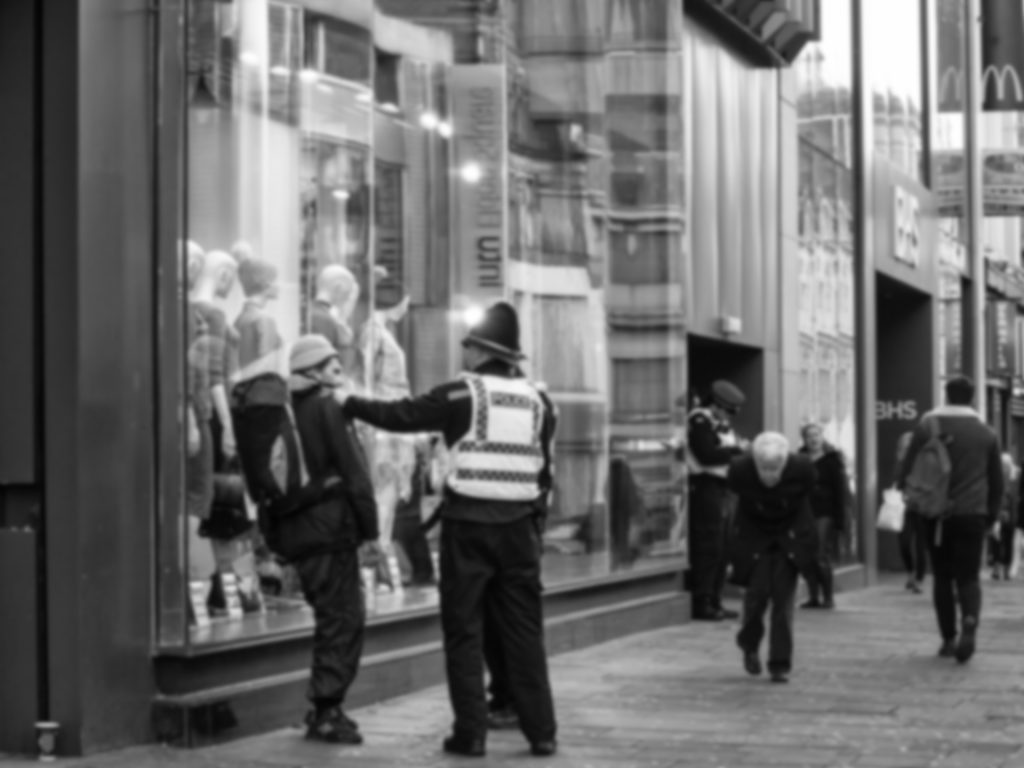
My Intention
The attitude of the passers by and not the person being arrested struck me the most strongly when taking these shots. The story is about how two very different sets of lives interact. It’s about how the consumer-driven society ignores the life that goes on around them. But one reason that I feel uncomfortable about sharing these images is that the main subject in them, the person being arrested, is from a very different world from mine. In no time in my life have I been in the shoes of the person being detained. Is it fair for me to intrude into this unfortunate aspect of his world for the sake of art?
The excellent photographer Martin Parr receives criticism for photographing working class people. Common perception is he does so with a critical middle-class eye. Although not middle class, would I receive the same criticism sharing these photos? Is it fair for me, an outsider, to comment on negative aspects of their lives through my photography?
So, should I share the unblurred photo without concern? It would be legal for me to do so, but is it morally okay? What are your views? Let me know in the comments.
Jim McElroy, photographer
I recently tried to find an online reference to an old friend who died before Google became a thing. Now long since departed from this world, incredibly skilled professional photographer and poet, Jim McElroy from Falkirk, happily shared his photographic knowledge with me. He had great moral standards too. He was in a hospital in Glasgow back in 1971 when the casualties from the Ibrox Park disaster started arriving. Although it would have made him a lot of money selling the images, he refused to take photos of the casualties, respecting their privacy. Although you have probably never heard of him, and his photos are not online, “Uncle Jim” as my friends and I called him was a photographer to celebrate.
I am pretty sure Jim would not have posted these pictures.
Data Protection (GDPR)
As I am a professional photographer, I have to consider the Data Protection Act 2018. There are exemptions from the act, and that includes art. I consider my Street Life Photography images to be art. Furthermore, I didn’t shoot them as part of my business.
Having spoken to the ICO about photography numerous time, street photography shot as art does not fall under the title of ‘personal data’, but I must avoid adding people’s names and the time and place the photo was shot.
Children in Street Life Photography
One of the most vexing problems for street photographers is whether to take photos that include children. First of all, the new Data Protection Act 2018 does place strict controls over the use of images of children, although it isn’t illegal to take images of children in a public place for the purpose of art. However, there is the moral question of whether you should or shouldn’t. I have less of an issue with this than with the images of the arrest. I always leave a considerable time gap between shooting an image of children and then publishing it. Child protection sits at the forefront of my mind. For example, consider the imperative that the birth parents of an adopted child must not know where their children are or who they are with.
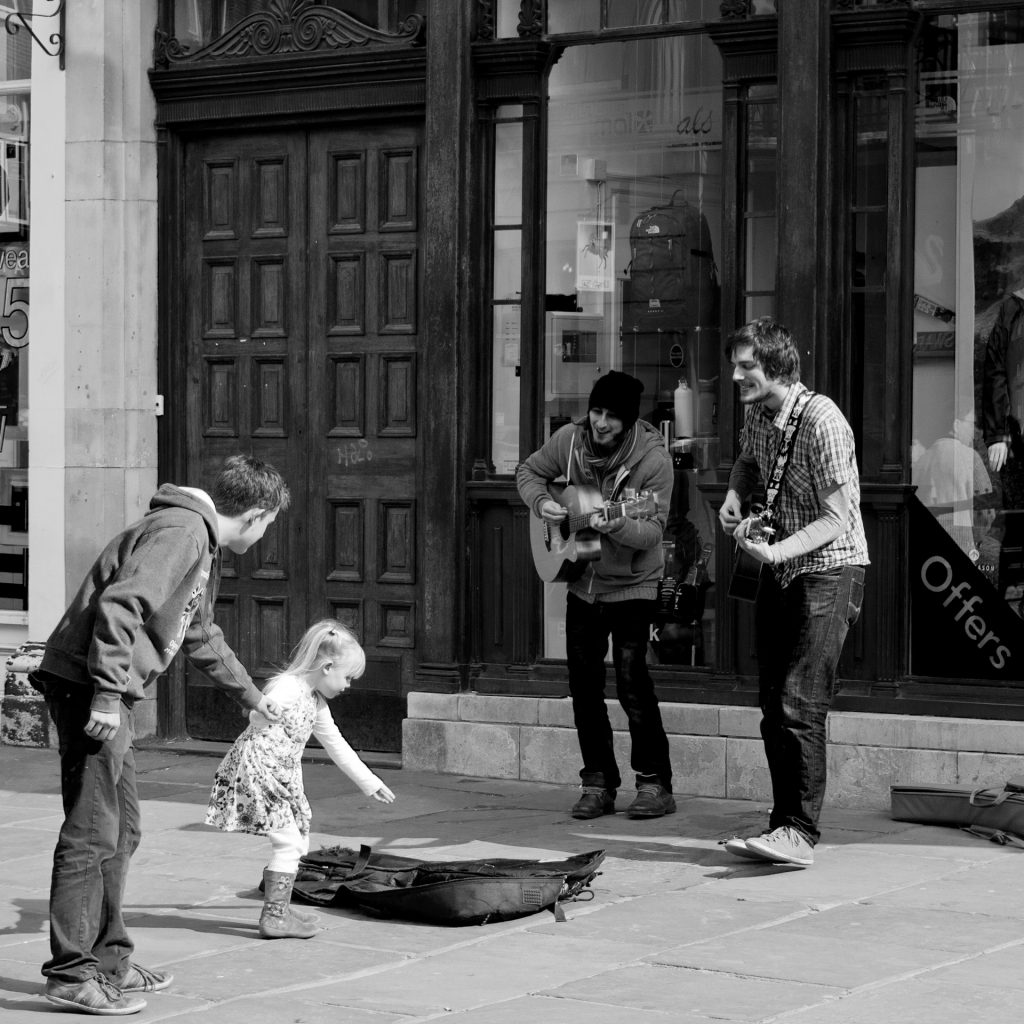
Double Standards
Some years ago I came across a photographer who would never photograph a child in Britain. But they headed off to a third world country and came back with lots of images of what he called “street urchins”. In reality, these were orphans living on the street who had most likely lots their parents to AIDS. When I asked what he had done for them in return for taking their photos, he went very quiet.
Street photography, both at home and overseas, has an impact of the people you photograph. Think about what that impact is. Then try helping the subject, especially those socially disadvantaged. This doesn’t necessarily have to involve giving money. In Africa, giving away a ball point pen and paper often brings a huge smile to a child. Stop to talk with the subject or send them a copy of the picture, in some circumstances that is payment enough.
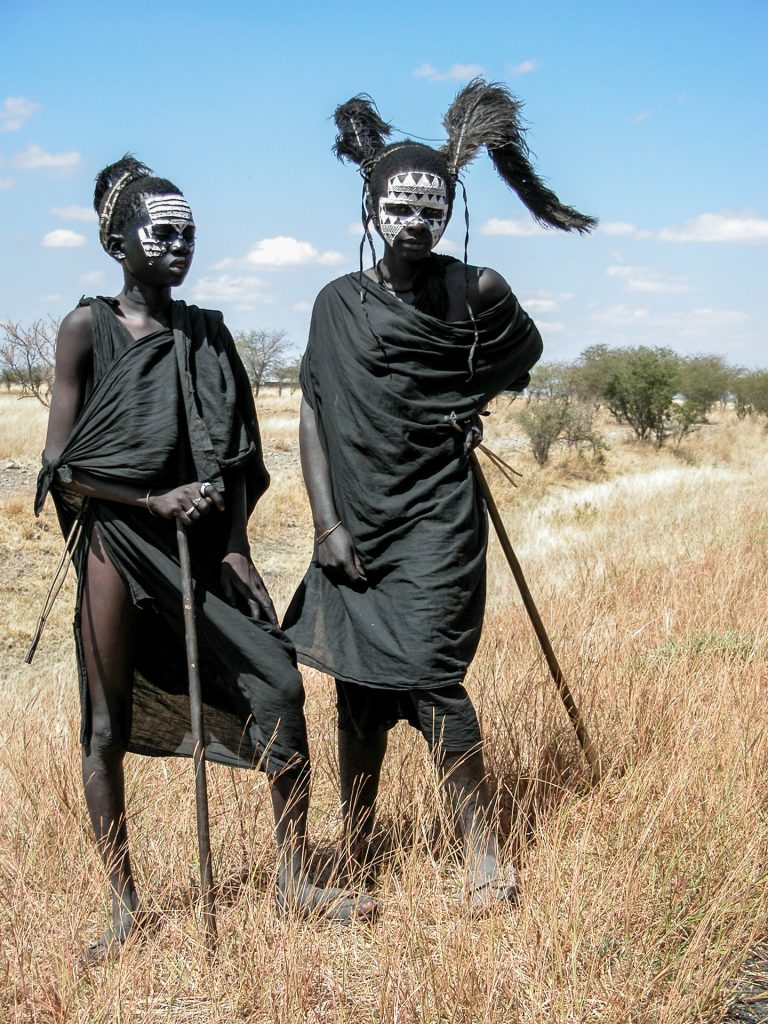
Park Life
A couple of weeks ago I was in Edinburgh and I decided to photograph people that could quite easily have been me. Folk going about ordinary day-to-day business.
Something struck me as I walked through the beautiful Princes Street Gardens. Similarly, afterwards, strolling the shopping streets, I noticed the number of people engrossed with the world inside their smartphones. They paid little heed to what was going on around them. I thought back to the photos I took of the arrest. Even without their phones to distract them, people did not notice what happened right next to them. When people are on their phones they are even less aware of what is going on around them.
Shooting images of people without them knowing is easy. But it raises a question: should I be applying the same moral values to this art as I did with the arrest? Is it fair to make a photograph of someone without their knowledge? Is it okay to turn the general public into art?
I have much less of an issue with this. With more than a trillion photos taken each year, inevitably we all appear in photos unwontedly. In the UK we have one surveillance camera for every 11 people. Our images are going to appear everywhere. So long as I set out to not deliberately hurt or defame my subjects, I see no issue with capturing someone’s image in this way. Furthermore, in the UK there is no legal restriction to stop you from doing so. This is not so in some other countries.
The law and Street Life Photography
In Britain, with a few exceptions, you can photograph what or whomever you like in a public place. Not so in other countries. In France for example, they have very strict privacy laws. Do check local laws before you head overseas on holiday. My blog post all about the legalities of photography is here.
If a Street Life Photography workshop interests you, I am often running them. Please do contact me to find out more. It also features in my new 40-Week Complete Photography Course which starts in September.
If you enjoyed my article, please do share it with your friends online. Please tell me your opinions on Street Life or Street Portrait Photography in the comments below too.


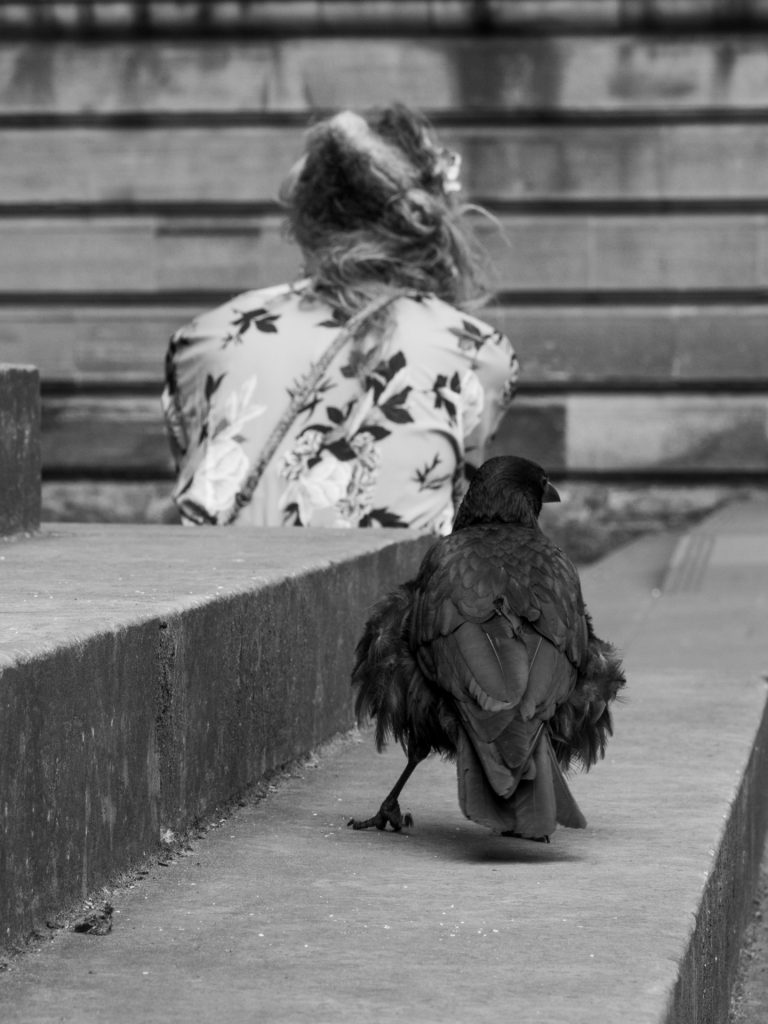
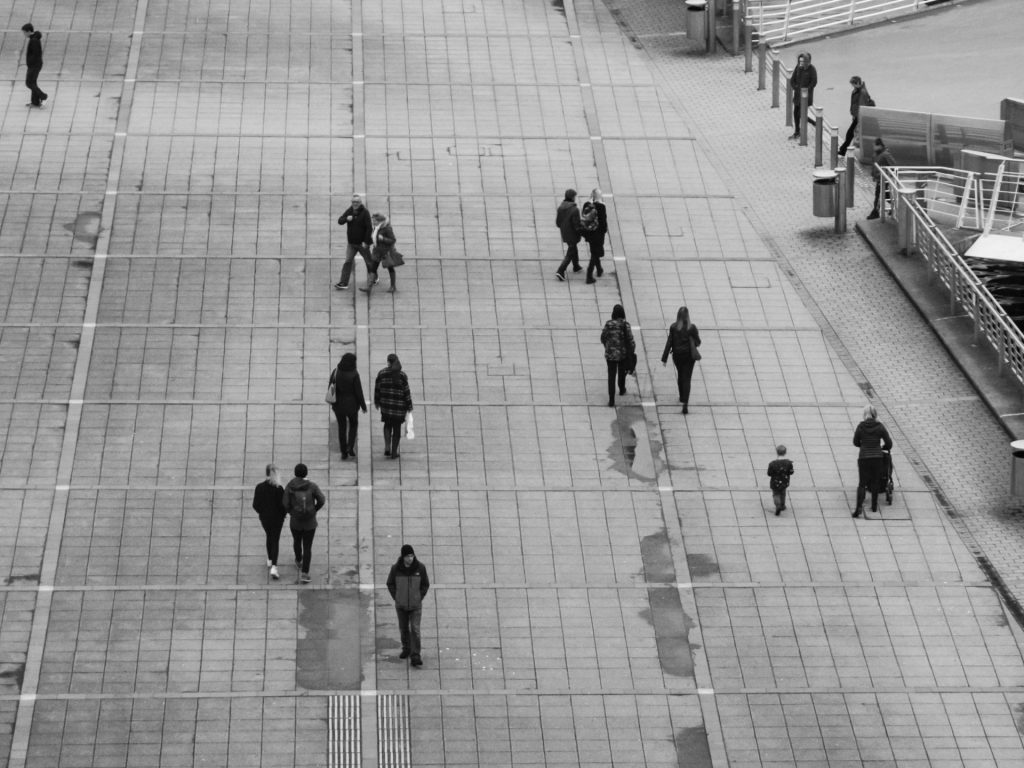
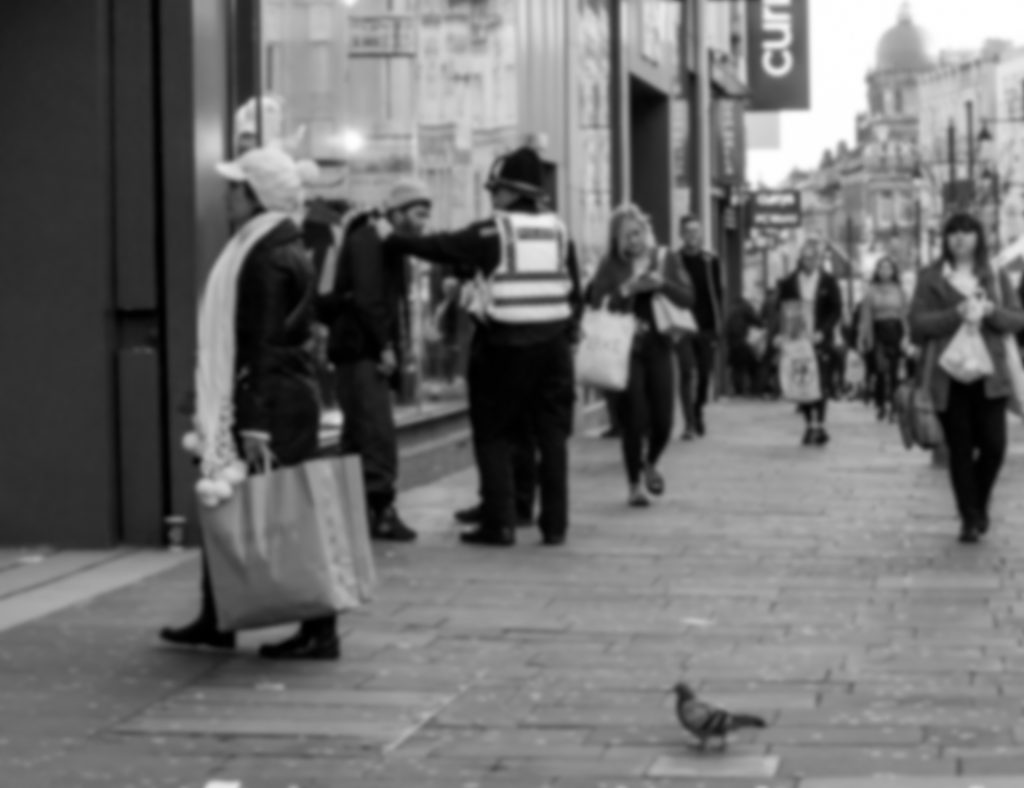
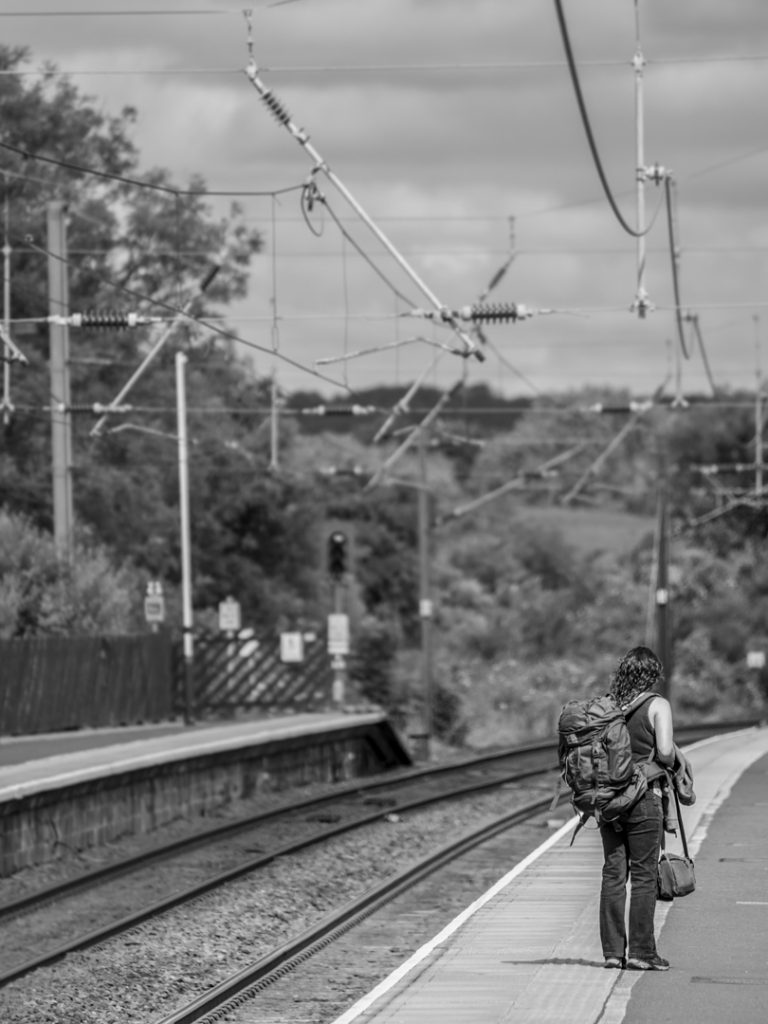
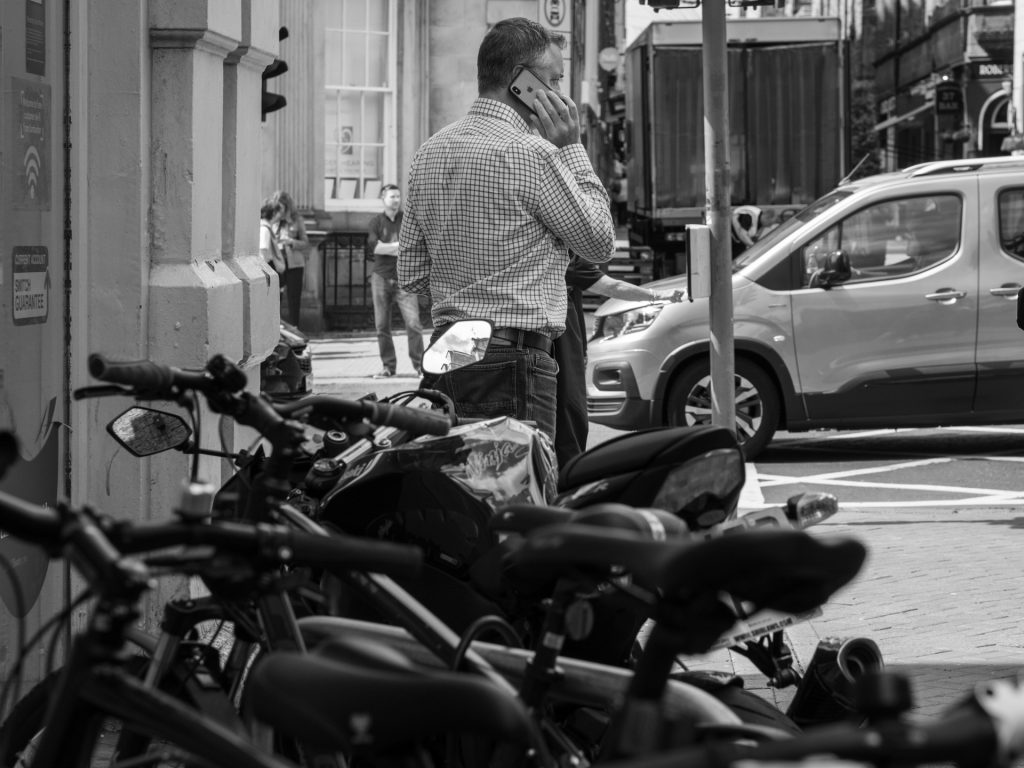
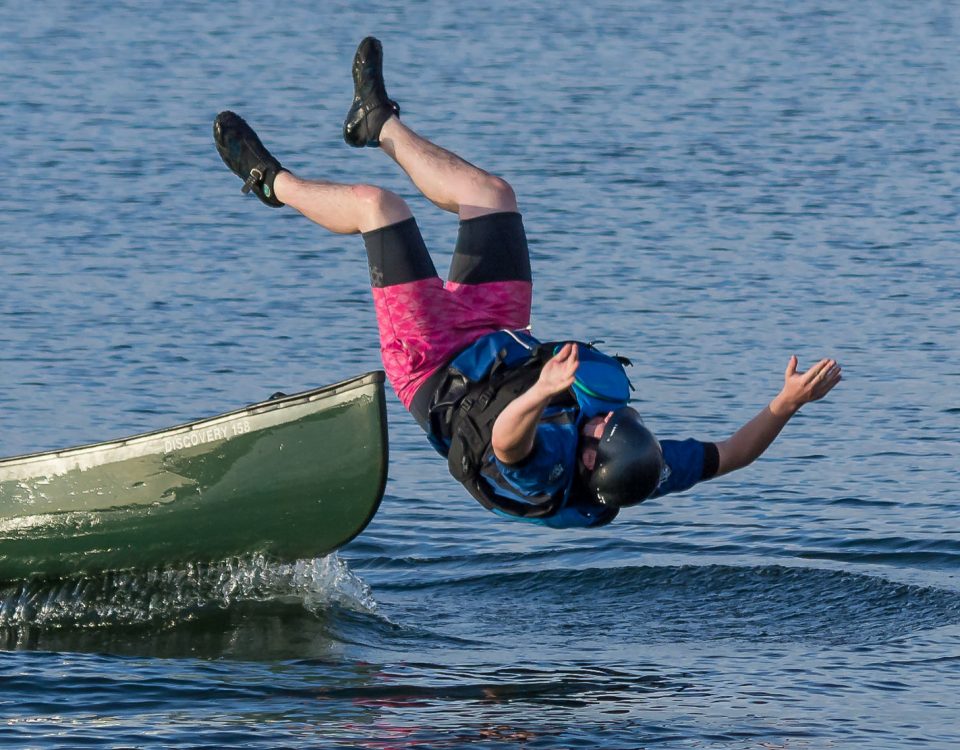
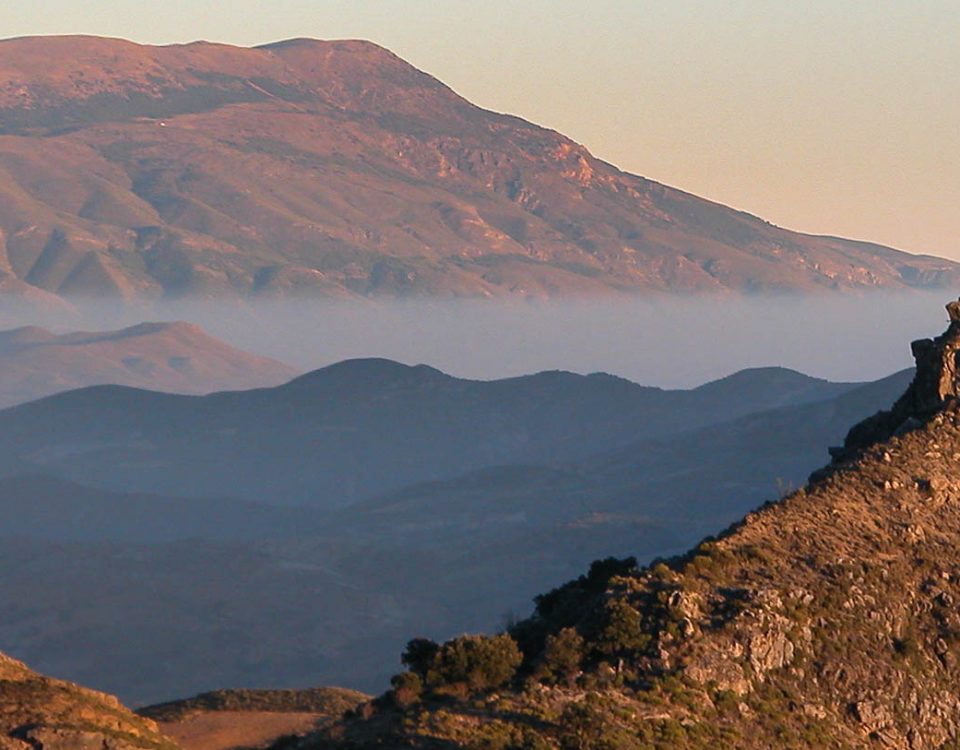
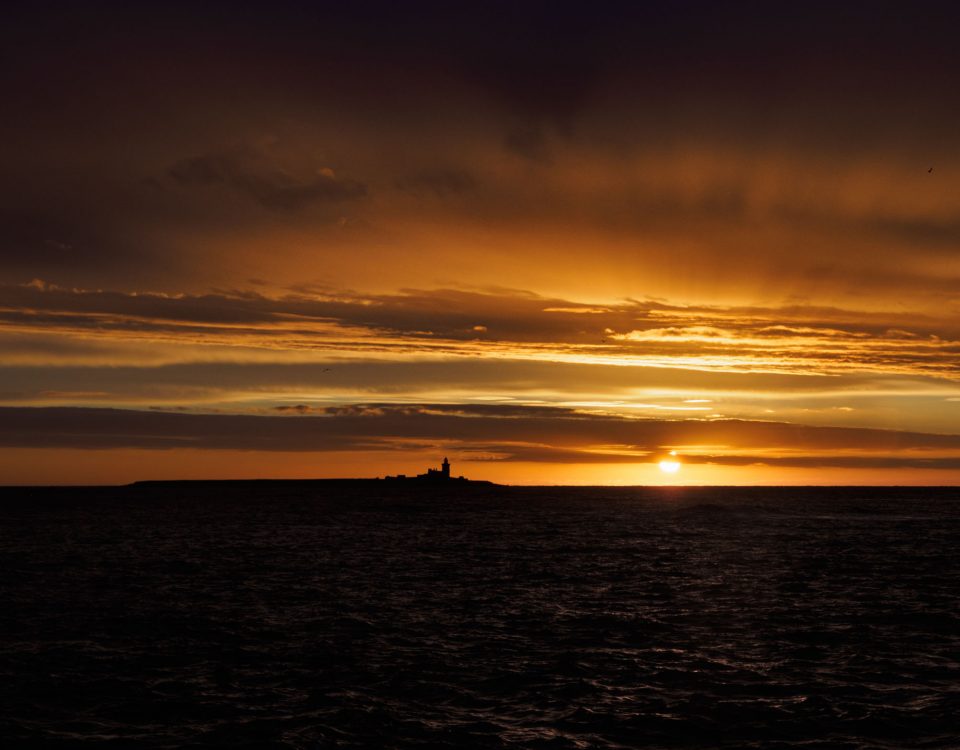
2 Comments
im going to give it a try ,probs newcastle or maybe morpeth,only done landscape and wildlife / macro
Excellent. I look forward to seeing your results.